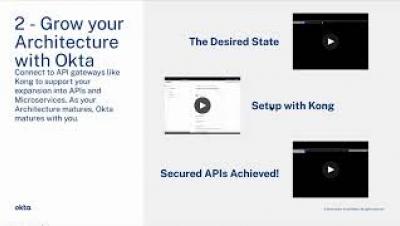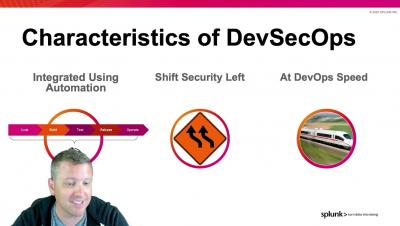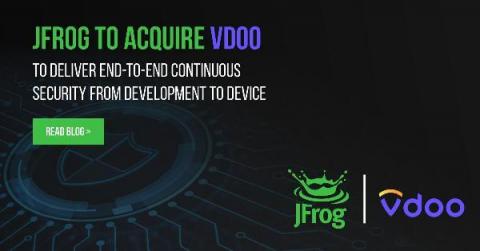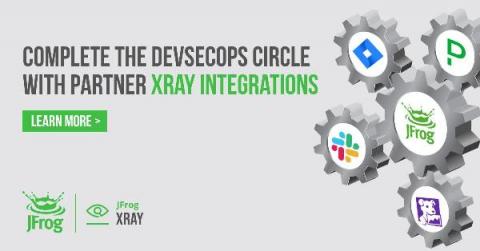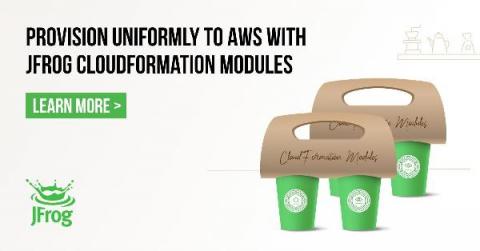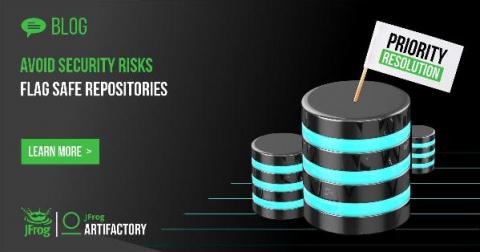Security | Threat Detection | Cyberattacks | DevSecOps | Compliance
June 2021
DevSecOps is a practice. Make it visible
We've Agreed to Acquire Vdoo, Unifying Developers and Security Teams from Source to Device
We’re extremely excited to announce we’ve agreed to acquire Vdoo, a leading, Israeli-based product security company with its roots in binaries and IoT/devices. Vdoo’s team and entire technology portfolio will be incorporated into JFrog, delivering a solution that truly unifies development and security teams with a holistic security approach.
The Biggest DevSecOps Hits From swampUP 2021
In the wake of recent events like the SolarWinds hack and the White House executive order on cybersecurity, DevSecOps and security are top-of-mind for most DevOps and security professionals. How to efficiently adapt or adopt a sound DevSecOps practice has become a priority, especially with the U.S. government’s impending mandate requiring software applications to be vetted, and to create a trusted Software Bill Of Materials (SBOM) for each one.
Drive DevSecOps Visibility with JFrog Partner Integrations
If you need your teams to act, you need to alert them where they’re already looking. Yet yesterday’s DevOps practices demand individuals to wrangle with uncorrelated events, multiple UIs, and siloed technologies. Tomorrow’s DevOps must enable teams with: To practice DevSecOps, you’ll need to know where a vulnerable build has been deployed into production, and where to find the corrected build that should replace it.
JFrog CloudFormation Modules Make Provisioning to AWS Easy and Secure
A routine cloud operations task should have a routine solution. That’s why we’ve just made it a lot easier to install and maintain self-hosted instances of the JFrog DevOps Platform on AWS, through AWS CloudFormation. To further simplify the effort of self-hosting Artifactory and Xray on AWS, we’ve just published a set of AWS CloudFormation modules to the AWS CloudFormation Public Registry.
Joe Biden's Security Order: What it Means for DevOps
Going Beyond Exclude Patterns: Safe Repositories With Priority Resolution
You probably remember the Namespace Shadowing a.k.a. “Dependency Confusion” attack that was in the news a couple of weeks ago. I blogged back then about the Exclude Patterns feature of JFrog Artifactory which we’ve had forever and was always intended to protect you against those kinds of attacks.


